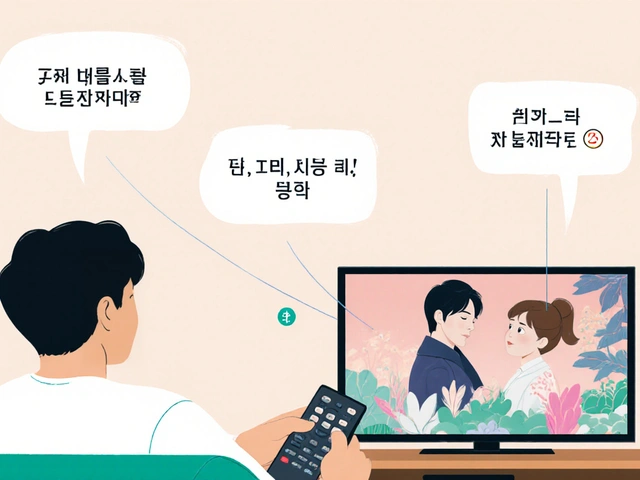Intersectional Gaze in Film: How Identity Shapes What We See on Screen
When we talk about the intersectional gaze, a framework that examines how overlapping identities like race, gender, class, and sexuality shape who is seen, heard, and valued in film, we’re not just talking about who’s in front of the camera. We’re asking who gets to point the camera, who decides what stories matter, and whose pain, joy, or rebellion gets framed as normal—or exotic. This isn’t theory for academics alone. It’s the reason you can spot a film that feels true to lived experience, and one that feels like a caricature dressed up as representation.
The intersectional gaze, a framework that examines how overlapping identities like race, gender, class, and sexuality shape who is seen, heard, and valued in film builds on earlier ideas like the male gaze, but it doesn’t stop there. It asks: What happens when a Black queer woman directs a scene? How does a Latina mother’s silence in a drama carry more weight than a white hero’s monologue? And why do some films treat disability as tragedy, while others show it as part of everyday life? These aren’t subtle differences. They’re structural. The feminist film, a movement that challenges traditional gender roles and power dynamics in cinema opened the door. The critical race theory, a framework for analyzing how race and racism are embedded in legal systems and cultural narratives showed us the walls. Together, they form the lens we now use to see beyond Hollywood’s default settings.
You’ll find traces of this in the way intersectional gaze reshapes even classic films. Look at Raiders of the Lost Ark—a thrilling adventure, sure—but notice who’s in the background, who speaks, who gets to be brave. Now compare that to The Graduate, where alienation isn’t just about youth, but about a white, middle-class man’s crisis in a world he doesn’t understand. Or Rashomon, where truth isn’t objective—it’s filtered through pride, fear, and bias. These films don’t all use the intersectional gaze, but they show how perspective shapes reality. That’s the core of it.
What you’ll find here are posts that don’t just talk about representation—they show how it works. From how streaming profiles affect algorithmic bias to why horror festivals become safe spaces for marginalized voices, this collection digs into the real mechanics behind the screen. You’ll see how editing software choices, streaming platforms, and even Wi-Fi speeds can quietly reinforce or disrupt who gets seen. This isn’t about checking boxes. It’s about asking: Who’s missing? And why does it matter?
18
The Gaze Revisited: How Film Theory Evolved from Mulvey to Intersectional Critique
How film theory evolved from Laura Mulvey’s male gaze to today’s intersectional perspectives, revealing how race, class, and identity reshape who gets to be seen-and how.
Latest Posts
Popular Posts
-
 How Roommates Can Fairly Share Wi-Fi and Streaming Costs
How Roommates Can Fairly Share Wi-Fi and Streaming Costs
-
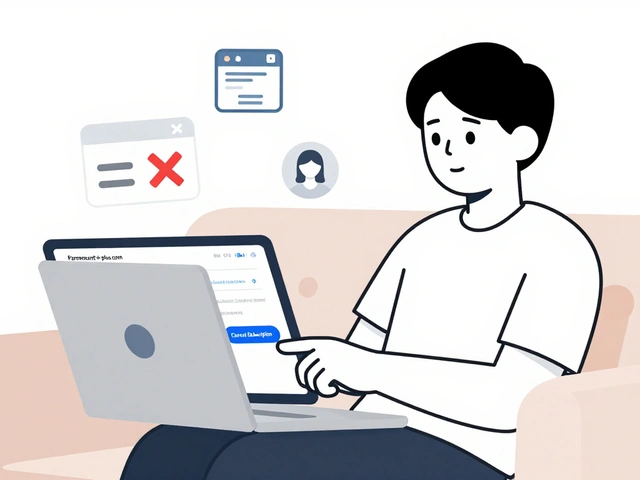 How to Cancel Paramount+: Step-by-Step Guide
How to Cancel Paramount+: Step-by-Step Guide
-
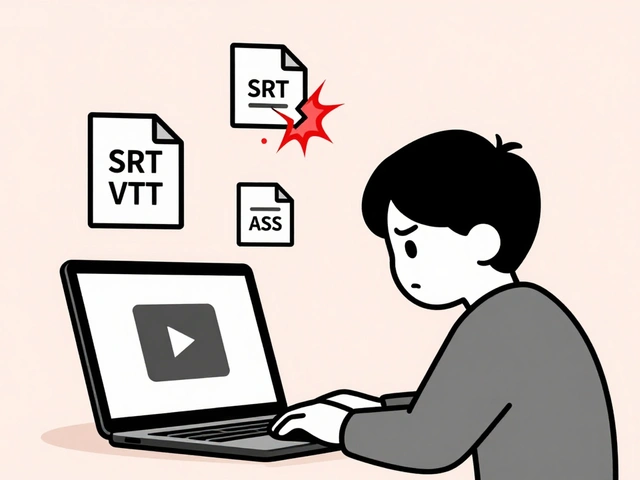 Why Subtitles Aren't Working: Fix Common Video Text Issues
Why Subtitles Aren't Working: Fix Common Video Text Issues
-
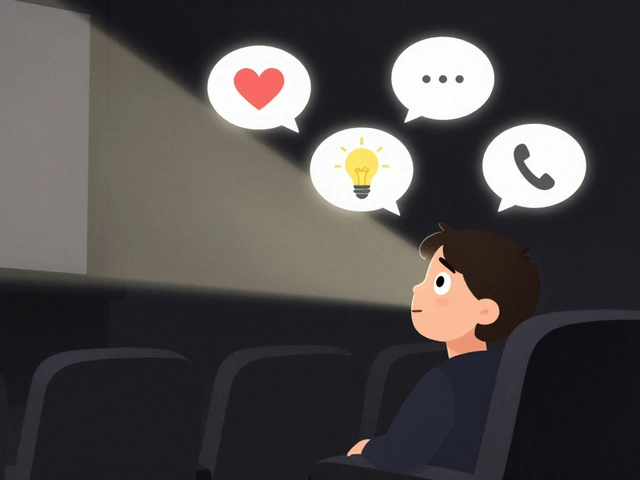 Breakout Indies at the Box Office: How Word-of-Mouth Made These Films Blockbusters
Breakout Indies at the Box Office: How Word-of-Mouth Made These Films Blockbusters
-
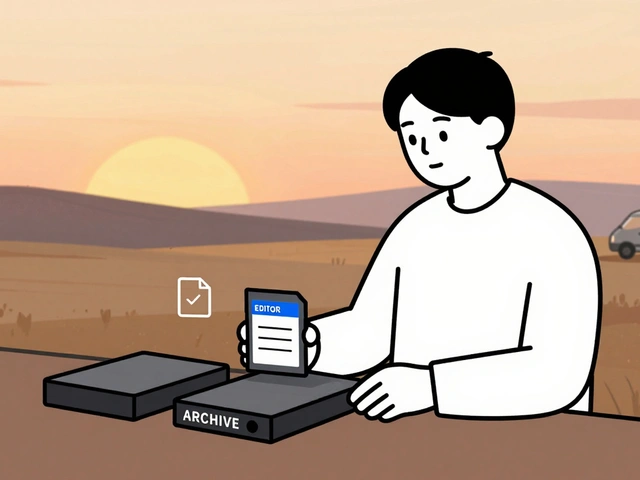 Data Management: DIT, Backups, and Archival Best Practices for Video Teams
Data Management: DIT, Backups, and Archival Best Practices for Video Teams



